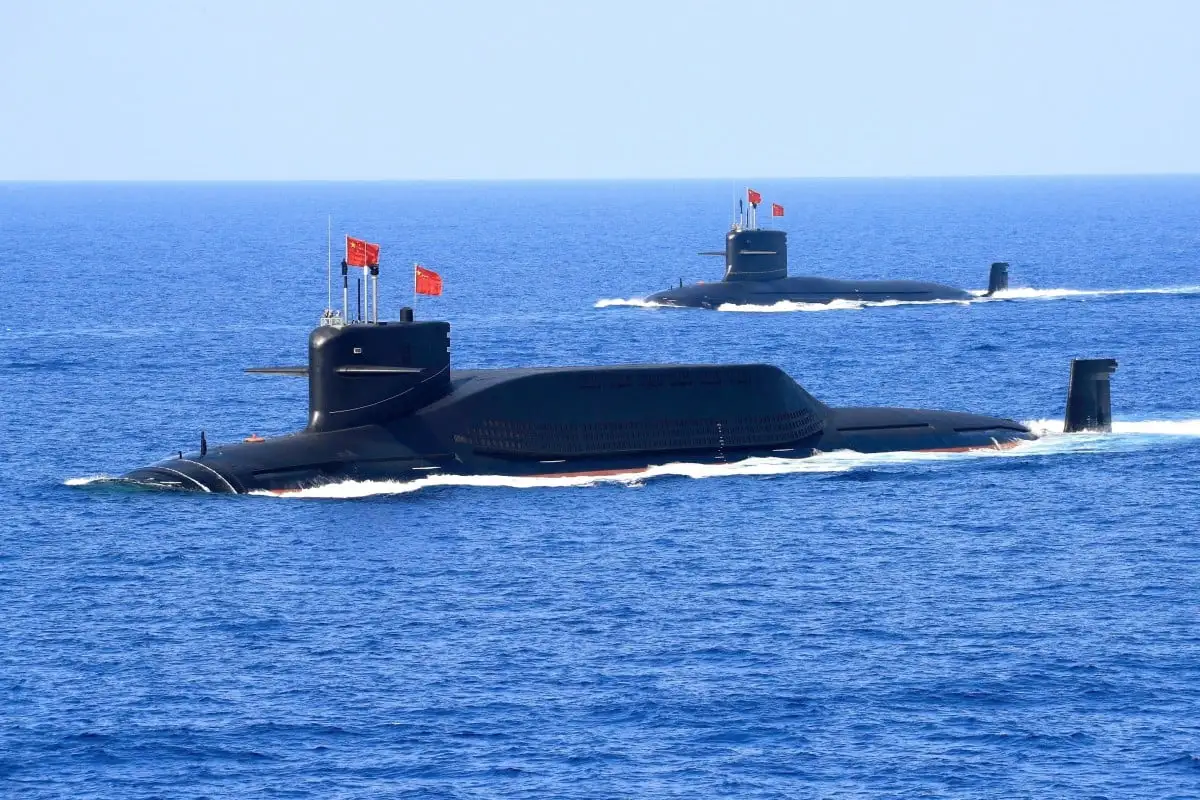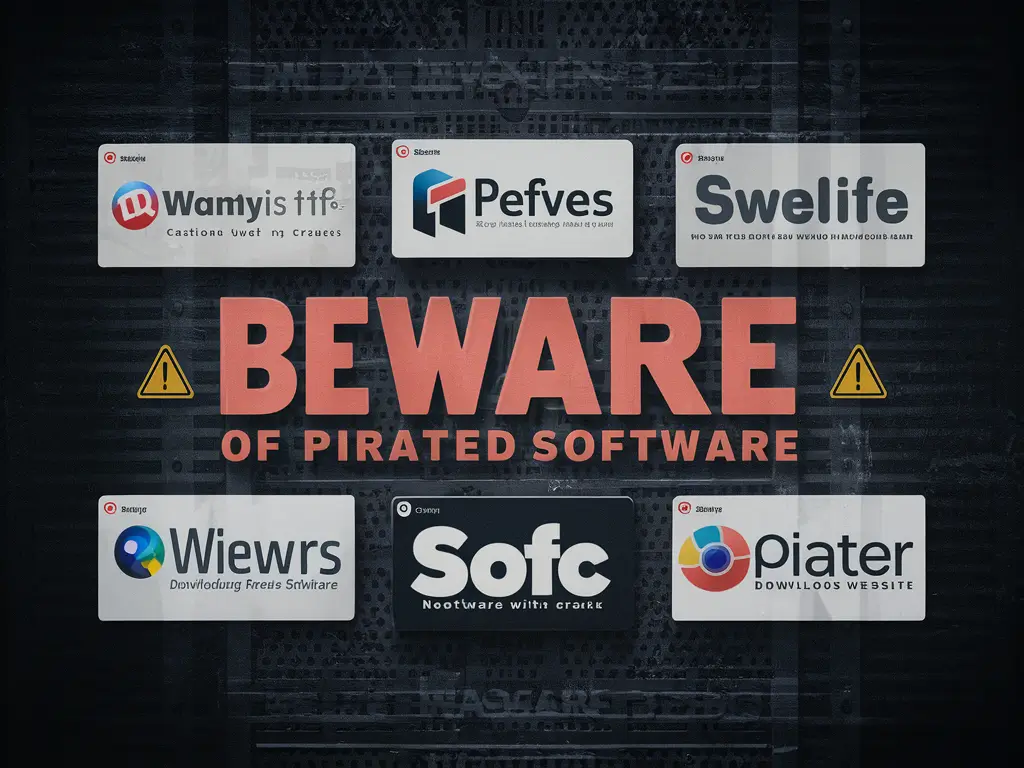Imagine a submarine gliding silently through the depths of the ocean at speeds rivaling commercial jets. This isn’t science fiction; it’s the potential future of undersea warfare thanks to laser propulsion technology.
China is leading the charge in this groundbreaking research, and if successful, it could revolutionize naval warfare. So, buckle up as we take a deep dive into the world of laser-powered submarines:

Propulsion by Light: How Laser Tech Could Work
Current submarines rely on noisy propellers or nuclear reactors, limiting their speed and stealth. Laser propulsion offers a radical alternative. Here’s the basic concept:
- Fiber Optic Network: The submarine hull would be embedded with a network of ultra-thin optical fibers.
- Laser Pulse: High-powered laser pulses travel through these fibers.
- Underwater Plasma: Upon reaching the water, the laser pulses create intense heat, vaporizing the water and generating plasma (a superheated gas).
- Detonation Wave: The rapid expansion and collapse of this plasma creates a powerful detonation wave, propelling the submarine forward.
This method offers several potential advantages:
- Unmatched Speed: The explosive nature of the detonation wave could propel submarines at speeds exceeding Mach 1 (the speed of sound).
- Silent Running: Since there are no moving parts, laser propulsion offers near-silent operation, making these subs incredibly stealthy.
Challenges to Navigate: Obstacles on the Road to Laser Submarines
While the concept is exhilarating, there are significant challenges that need to be addressed before laser submarines become a reality:
- Directed Thrust: Current designs struggle to efficiently direct the thrust generated by the detonation wave for effective propulsion.
- Underwater Laser: Developing a powerful and compact laser that can function effectively underwater remains a hurdle.
- Energy Requirements: The sheer amount of energy needed to power such a laser is immense. Finding a reliable and efficient power source is crucial.
Weaponization Concerns:
The potential military applications of laser propulsion technology raise concerns about an escalating submarine arms race. Additionally, experts warn about the ethical implications of weaponizing this technology.
Are Laser Submarines Coming Soon?
Chinese researchers claim to have made significant breakthroughs in overcoming these challenges. However, independent verification is needed, and it will likely be some time before laser-powered submarines become operational.
Global Race for Submarine Supremacy:
The development of laser-powered submarines is part of a larger trend between the US and China to develop the most advanced underwater vehicles.
The Future of Naval Warfare: Implications of Laser Tech
If successfully developed, laser-powered submarines could have a profound impact on naval warfare:
- Strategic Advantage: Unmatched speed and stealth could give navies wielding this technology a significant edge.
- New Strategies: Naval tactics would need to be completely revamped to counter these silent, super-fast threats.
- International Tensions: The proliferation of such technology could escalate tensions in geopolitically sensitive regions.
Expert Opinions on Feasibility:
While some experts, like the researchers at Harbin Engineering University, believe laser propulsion is achievable, others, like Professor Andrew Higgins at McGill University, have doubts about the feasibility of using lasers to generate enough power to propel large submarines or create supercavitation.
Stay Updated: Dive Deeper into the Technological Depths
The development of laser-powered submarines is a rapidly evolving field. Here are some resources to stay updated on the latest advancements:
- News Articles: Keep an eye on reputable defense and technology news websites for updates on Chinese research and potential breakthroughs from other countries.
- Scientific Journals: For a deeper understanding of the technical challenges, explore research papers published in scientific journals like “https://m.researching.cn/gxxb“.
The idea of laser-powered submarines is a captivating glimpse into the potential future of undersea warfare. While there are significant hurdles to overcome, the potential benefits are undeniable. As this technology continues to develop, it will be fascinating to see if these “photon-powered phantoms” become a reality.
FAQ:
How fast does a submarine go in mph? / How fast can submarines travel underwater? / How fast does the submersible go?
Modern nuclear-powered submarines typically have a maximum speed of around 25-30 knots, which translates to roughly 29-34 mph.
However, the blog post discusses theoretical laser-powered submarines that could reach speeds exceeding mach 1, or over 760 mph! It’s important to note that this technology is still under development.
How many submarines does China have?
The exact number is difficult to pinpoint, but estimates suggest China currently has around 70-80 submarines, making it the world’s second-largest submarine fleet after Russia.





3 thoughts on “China at Brink of making Superfast Submarines Powered by Lasers”